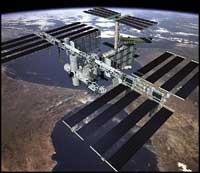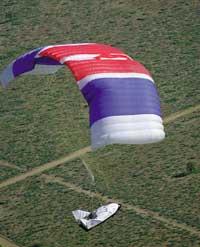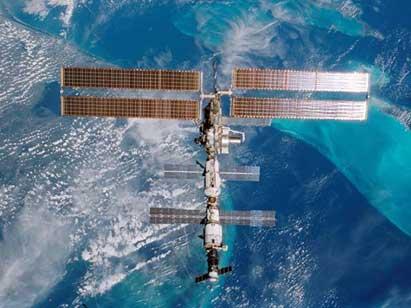Budget problems at NASA
2001/03/06 Carton Virto, Eider - Elhuyar Zientzia
Due to its high price, the US space agency has suspended the development programs of the X-33 and X-34 vehicles. For their reuse they had to be the second generation of space vehicles that would replace the current space shuttle. On the other hand, NASA has trouble taking on the planned expenses at the International Space Station.
Expensive spacings

Launching any load, like a satellite, is very expensive. To solve this problem several programs have already been launched. NASA, of course, pioneered and in 1994 launched the Advanced Space Transport Program
Not negligible objectives: Reduce the cost per kilogram of Earth's low orbit from $20,000 to $2,000 by 2010; reduce it to $200 by 2025; and leave it below $100 per kilogram by 2040. In addition, the cost reduction sought a significant increase in safety and reliability.
The first step of this program was the second generation of space vehicles for reuse. NASA X-33, X-34 and X-37 test vehicles were being used to test the new technology, but current costs outweigh potential benefits. The director of NASA's Marshall Space Flight Center has recognized that technology is not sufficiently advanced and that it must reorient force and money towards other priorities. NASA has spent nearly $1 billion on these programs and is now launching a new strategy to prepare second-generation vehicles.
ISS in queue
However, it is not NASA's biggest headache these days for second-generation vehicles. In fact, it seems that it will be working on fulfilling the commitments made with the International Space Station (ISS).

At NASA they realized that the costs for the next five years are going to be 4,000 million dollars more expensive than expected and that if that money is not achieved the projects will be limited. The recently replaced director of the Johnson Space Center developed a plan to address overcosts, which included reducing the number of astronauts traveling to the ISS, abandoning manned trips to Mars and excluding some elements of the ISS.
If NASA does not maintain the expense, it is possible that the construction of the International Space Station should be paralyzed in 2003, when the ESA Columbus module and parts of other space agencies are added. It is possible that from 2003 the modules that were proposed to be added are not added, such as the Transhab room, the US propulsion module or the emergency vehicle. In fact, the second generation vehicles that wanted to be enabled to be emergency vehicles and without them the number of astronauts that will live on the ISS will not be able to go from 3 to 7.
At this point, the Russians can have the last word, since if two of their Soiuz ships are docked on the ISS, 6 astronauts could work in the space station. Therefore, despite the problems, the Russians still have much to say in spatial matters.

Gai honi buruzko eduki gehiago
Elhuyarrek garatutako teknologia





